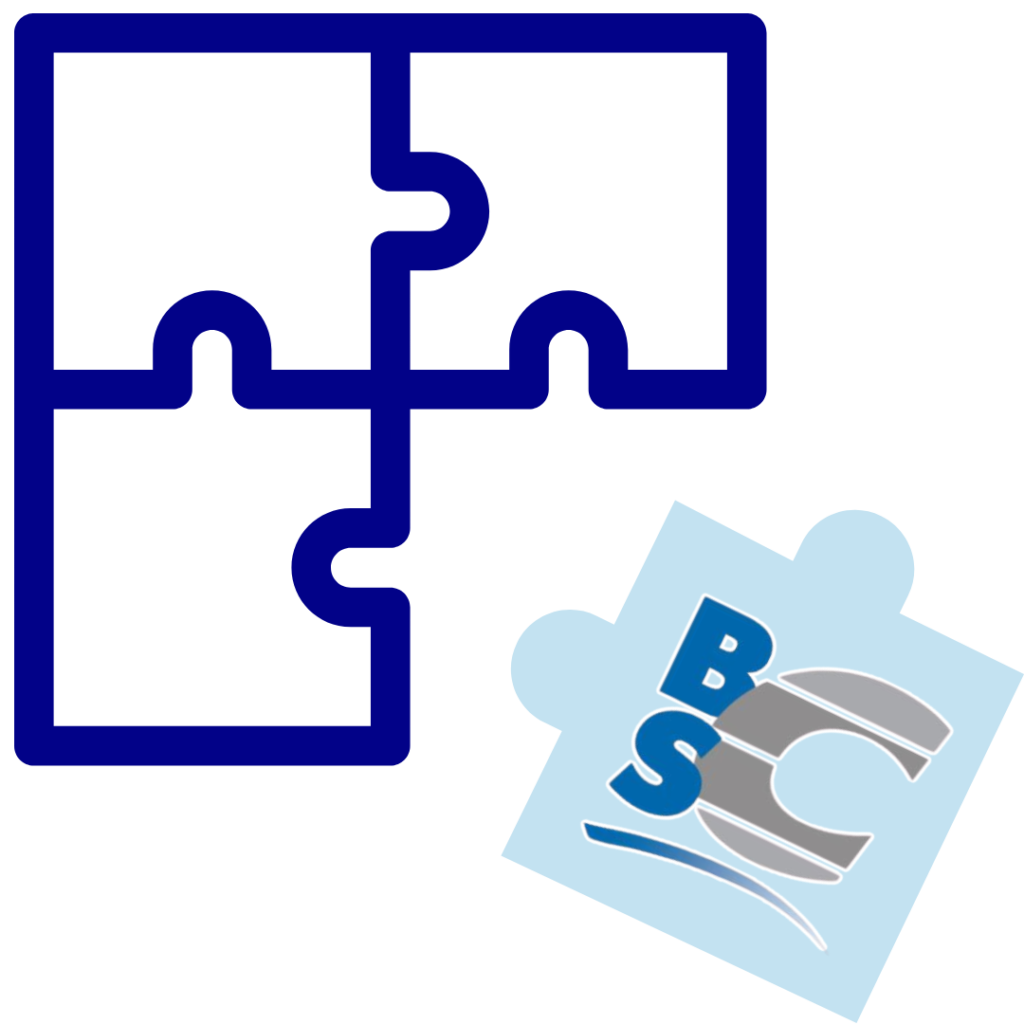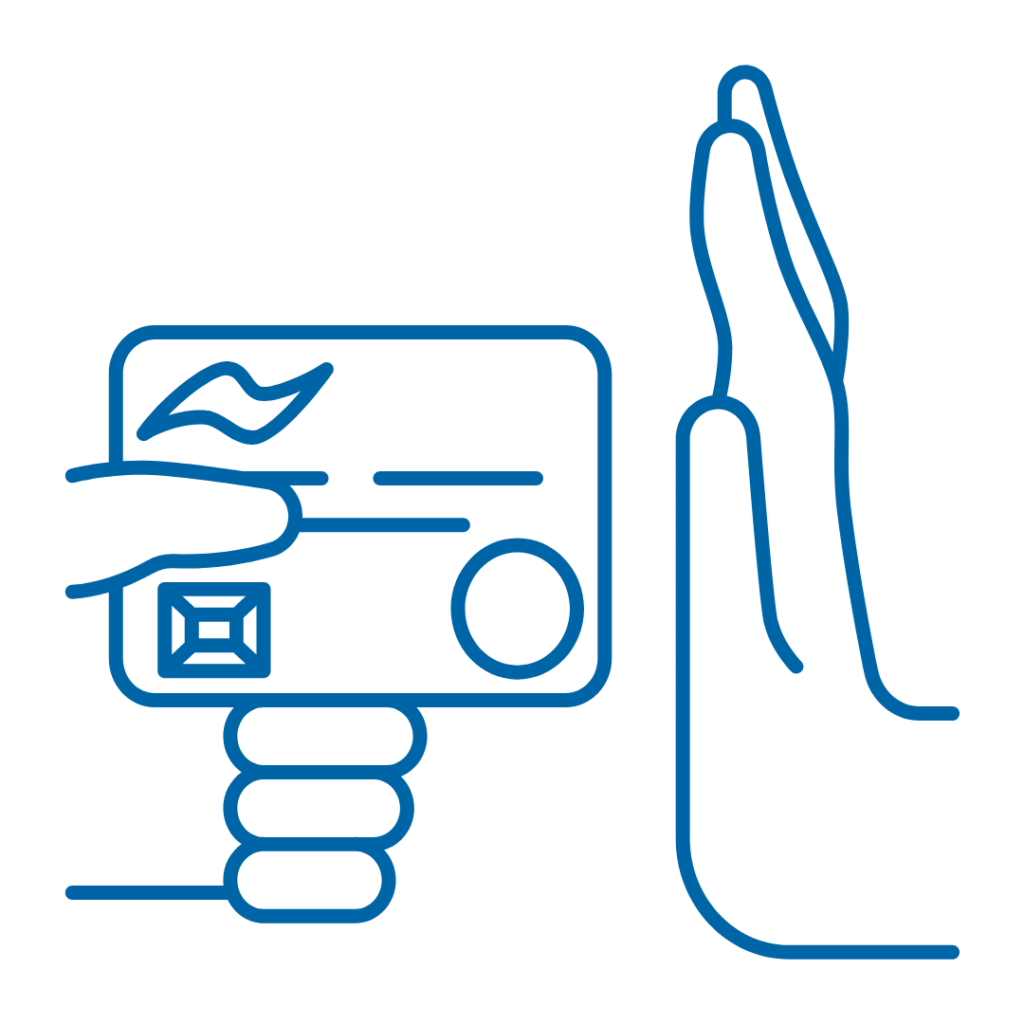In the ever-evolving landscape of commerce, one thing remains constant: the need for seamless and secure payment processing. But with so many solutions out there, choosing the right one can feel like navigating a maze. Here’s the secret: one size doesn’t fit all. Just like your product offerings and target audience, your payment processing solution should be tailored to your specific industry.
Why Industry Matters:
Each industry has its own unique set of transaction patterns, security concerns, and customer expectations. A solution that works for a clothing retailer might not be ideal for a software subscription service, and vice versa. Here’s why:
- Transaction types:
Do you deal with high-volume, low-value transactions, or large, infrequent ones? Does your business involve subscriptions, recurring payments, or international sales? Understanding your transaction patterns is crucial for choosing a platform that can handle them efficiently and affordably. - Security risks:
Different industries face varying levels of fraud risk. For example, online travel agencies might be more prone to chargebacks than pet food retailers. Choosing a processor with robust security features and fraud prevention tools specific to your industry can help protect your business and customers. - Customer expectations:
Tech-savvy millennials might expect a streamlined, mobile-first checkout experience, while older customers might prefer a more traditional payment method. Understanding your target audience’s preferences and expectations is key to choosing a solution that provides a smooth and satisfying payment experience.
Big Sky Solutions for Every Venture:
At Big Sky Commerce, we understand the diverse needs of different industries. That’s why we offer a flexible and customizable platform that can be tailored to your specific requirements. Whether you’re in:
- E-commerce: Sell physical and digital goods with ease, leveraging features like recurring billing, subscription management, and international payments.
- SaaS: Manage recurring subscriptions, offer freemium models, and secure sensitive customer data with robust security measures.
- Travel & Hospitality: Integrate seamlessly with booking systems, handle complex travel packages, and comply with industry-specific regulations.
- Education & Non-profits: Offer secure online donations, manage memberships, and accept diverse payment methods for a smooth giving experience.
Finding Your Perfect Fit:
Choosing the right payment processing solution is an investment in your business’s success. By understanding your industry’s unique needs and partnering with a provider like Big Sky Commerce who offers tailored solutions, you can ensure a seamless, secure, and cost-effective payment experience for your customers and unlock your full growth potential.
Ready to take the next step?
Contact Big Sky Commerce today and let us help you find the perfect payment processing solution for your industry.










